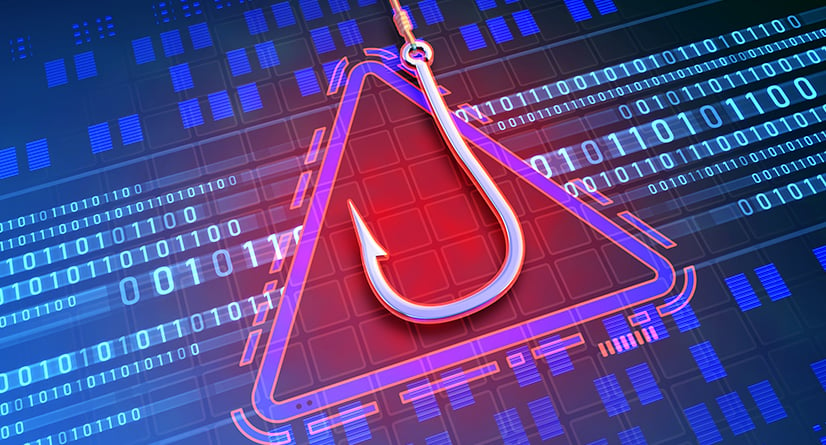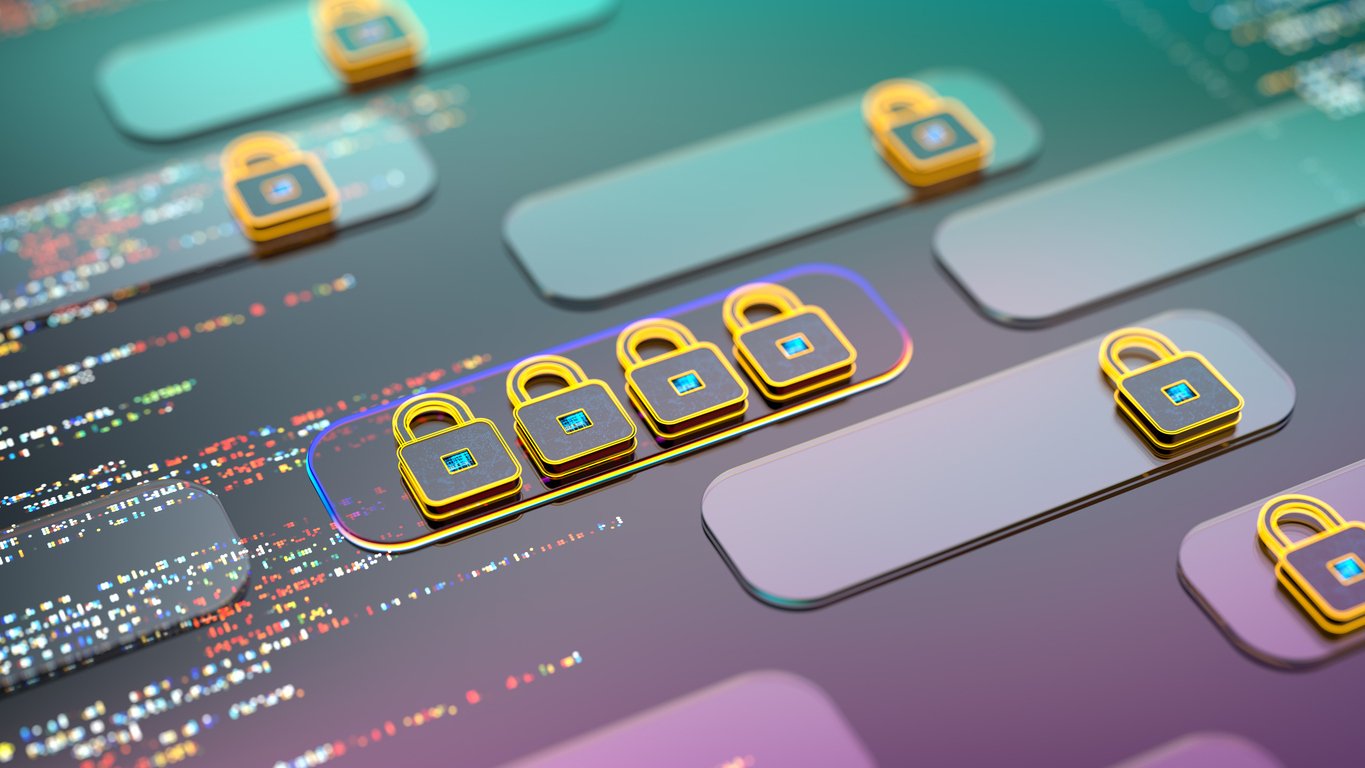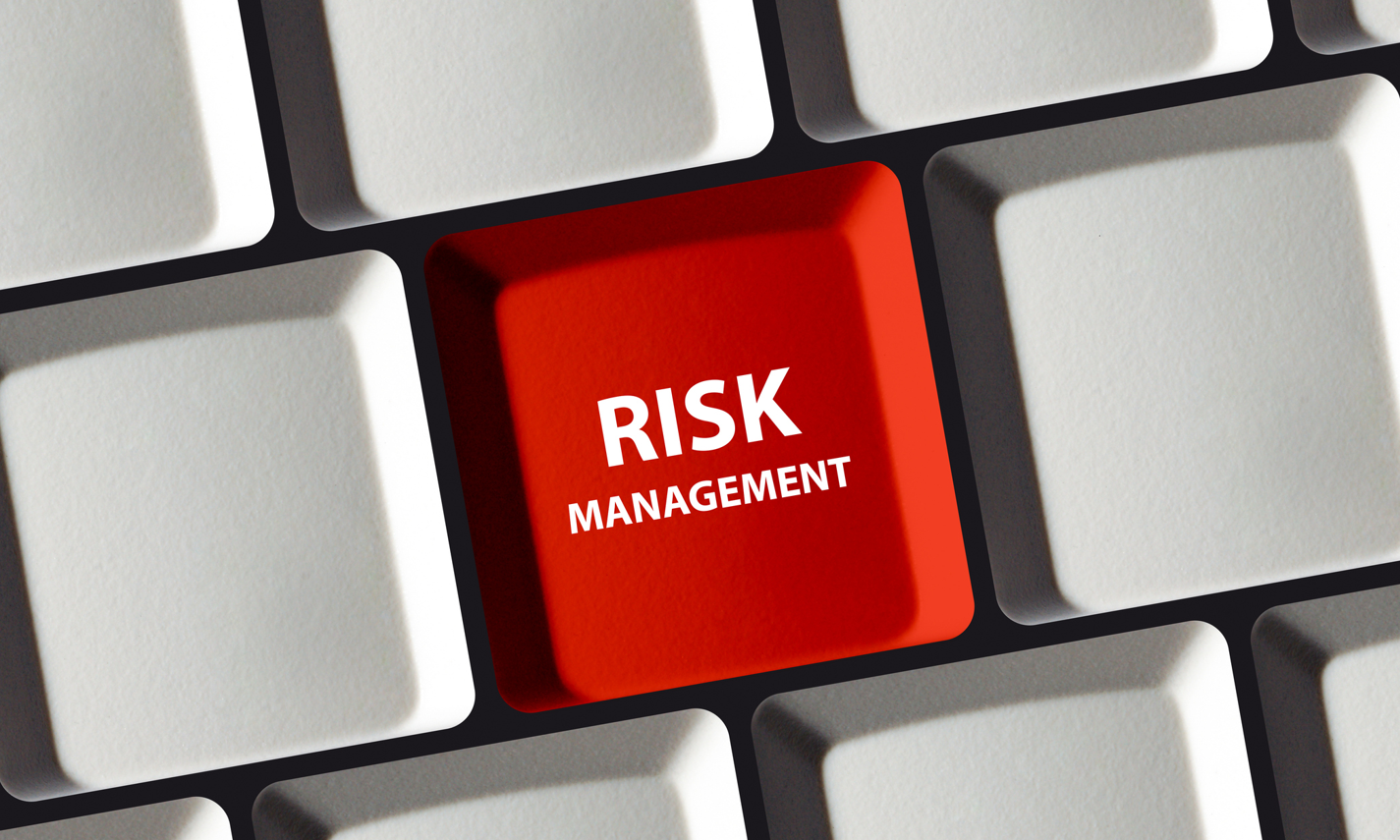Phishing is the most common cause of data breaches. Phishing is when criminals use fake emails to lure you into clicking on them and handing over your personal information or installing malware on your device. It’s easy to avoid a scam email, but only once you know what to look for.
Tips
- Reporting a scam is your best line of defense against cyber incidents. Don’t hesitate to call out phishing attempts.
- Cybercriminals cast wide nets with phishing tactics, hoping to drag in victims. They may offer a financial reward, threaten you if you don’t engage, or claim that someone is in need of help. Stop, take a moment, and think before you click.
- Trust your instincts. If an email, text or call seems phishy, it probably is.
Oh no! I see a phishing email. What do I do?
Don’t worry, you’ve already done the hard part which is recognizing that an email is fake and part of a criminal’s phishing expedition.
If you’re at the office and the email came to your work email address, report it to your IT manager or security officer as quickly as possible.
If you’re at home and the email came to your personal email address, do not click on any links (even the unsubscribe link) or reply back to the email and JUST DELETE IT. You can take your protection a step further and block the sending address from your email program, too.
Some email platforms let you report phishing attempts. If you suspect an email is phishing for your information, it’s best to report it quickly.
Here’s how to…
- Block a sender on Outlook
- Report a phish on Outlook
- Block a sender on Gmail
- Report a phish on Gmail
- Block a sender on Mac Mail
- Report a phish on Mac Mail
- Block a sender on Yahoo! Mail
Find out the brands that are impersonated most often.
Contact sales@lascala.com to discuss security awareness training for your business.




